Profile: Swarovski
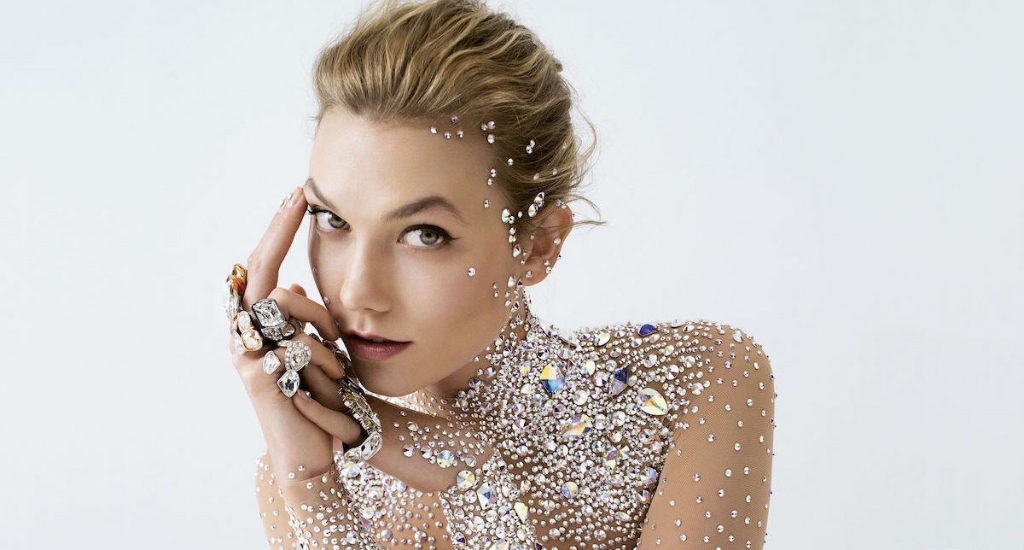
This year’s highly anticipated Savage Beauty retrospective of Alexander McQueen’s work at the V&A displays more than twenty pieces dominated by Swarovski crystals. A key item demonstrating the application of stones to McQueen’s designs is the Bell Jar dress. In March this year Nadja Swarovski, the great, great grand-daughter of Daniel Swarovski, credited McQueen with reviving the brand and securing its place as a must-have product, employing the crystals in designs unique to his style: “He developed innovative, new applications for our products, and put them back on the map for other designers, like Kate and Laura Mulleavy of Rodarte, who now continue to push fashion forward.”
The collaboration between Swarovski and McQueen saw Swarovski’s product line expanded to meet the surge in international demand. There are two aspects to Swarovski’s operation: the production and sale of “elements” (loose crystals) to the fashion industry and secondly, developing design-led finished products through its own retail subsidiaries Swarovski, Daniel Swarovski and Atelier Swarovski, catering to a range of budgets.
Swarovski emerged in 1895 when Daniel Swarovski travelled to Wattens in Austria, cutting and polishing crystal stones using the grinding processes that he had patented. In 1965 the company started working with the fine jewellery industry, providing precision-cut natural gemstones and synthetically created stones.
Following the success of its partnership with Alexander McQueen, Swarovski became a major sponsor of the 2004 film The Phantom of the Opera, with the “standing” model of the famous chandelier formed entirely from crystals, as well as crystals being considerably incorporated into the costume design. The brand also features in the storyline, with Christine’s engagement ring shown as being bought from a Swarovski shop. Furthermore, since 2004 Swarovski has also been responsible for creating the star adorning the top of the Rockefeller Christmas tree in New York, an upscaled version of the annual edition decorations which have been a staple of the Swarovski portfolio since 1991.
Increased product placement has seen Swarovski products appearing in music videos by Jennifer Lopez and Nellie Furtado; a range of jewellery which appeared in the last James Bond film Skyfall was well-received and popular in the A/W 2012 collection. Elements crystals have also been used to embellish bottles of Moët et Chandon champagne and applied in intricate nail art designs. In one of the most recent collaborative exercises Viktor and Rolf worked alongside Atelier Swarovski to create its A/W 2014 collection, informed by a subtle approach characterised by contrasting textures of fabric against the crystal, and polished against matte surfaced stones.
Today, the company remains a family owned and run business, reporting a turnover of €2.38 billion in 2012, employing 25,000 people worldwide, with a global reach of 120 countries.
Emma Pugh



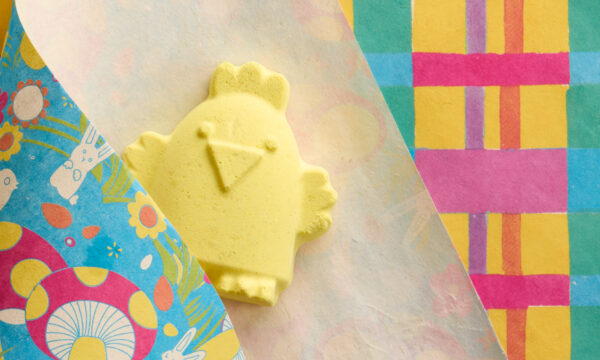
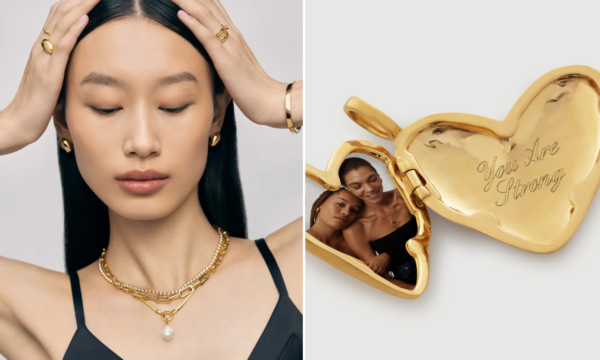
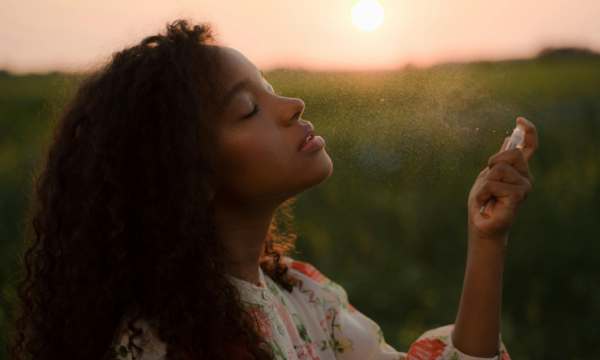

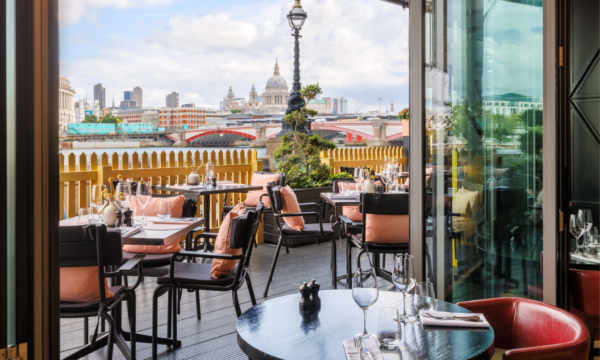

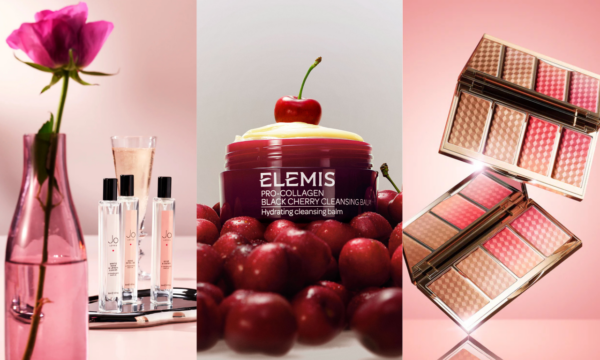








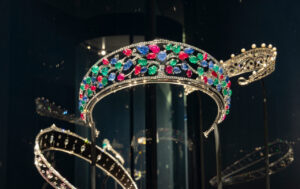
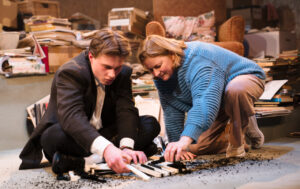





Facebook
Twitter
Instagram
YouTube
RSS